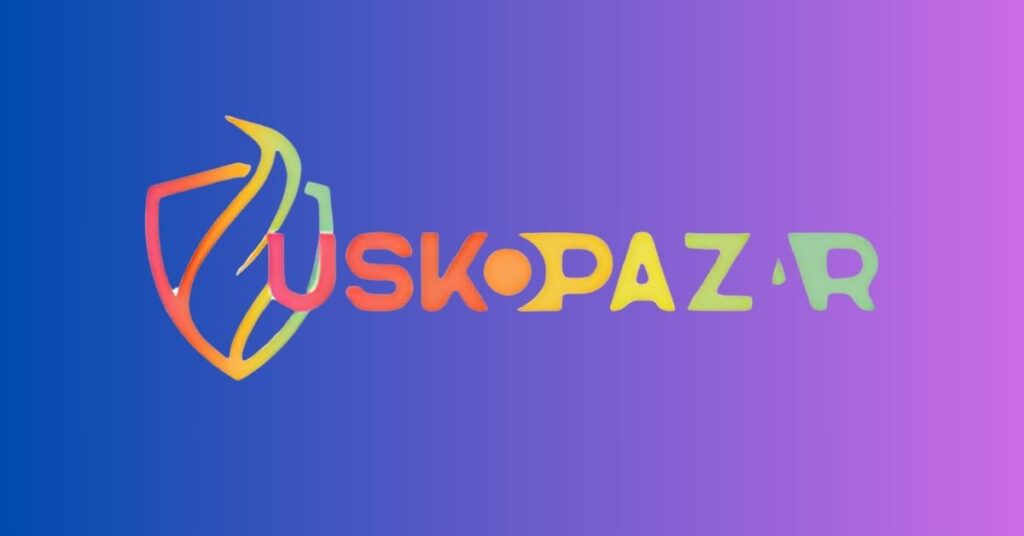In today’s rapidly evolving job market, efficient workforce management has become crucial for businesses of all sizes. One platform that has gained considerable attention in this space is WorkConnect. This tool is designed to streamline various aspects of workforce operations, from hiring and onboarding to scheduling and performance tracking. Whether for small businesses or large enterprises, this solution aims to improve productivity and make workforce management smoother.
This article will explain what this platform offers, how it benefits businesses, and why it has become an essential tool for managing employees effectively.
What is WorkConnect?
At its core, WorkConnect is a comprehensive workforce management solution. It helps organizations handle various HR-related tasks by providing tools for employee scheduling, recruitment, time tracking, and performance management. By centralizing these functions, the platform aims to reduce the burden of administrative tasks and allow management to focus on strategic business growth.
Many companies today need a streamlined way to manage their workforce, whether in retail, hospitality, healthcare, or other industries. The platform provides a unified dashboard that simplifies tasks that might otherwise be time-consuming, allowing employers to handle staffing needs more easily.
Key Features of the Platform
To get a better understanding of why this workforce management tool is becoming popular, here are some of its main features:
Employee Scheduling
One of the standout features is the scheduling tool. This feature helps businesses create, modify, and manage work schedules for employees. It allows for quick adjustments in response to absences or business demands. Moreover, it offers shift-swapping capabilities, enabling employees to exchange shifts with minimal administrative intervention.
Recruitment and Onboarding
The platform also provides a streamlined approach to hiring and onboarding new employees. Through automation and templated processes, companies can post job openings, manage candidate applications, and track the progress of onboarding new hires. The onboarding process becomes more structured, reducing the time it takes for new employees to become operational.
Time and Attendance Tracking
The ability to accurately track employee time and attendance is critical for businesses, especially those dealing with hourly workers. This feature ensures that employees’ working hours are recorded automatically, reducing the chance of time theft and making payroll processing smoother. It also helps management spot attendance issues like tardiness or absenteeism early on.
Performance Management
In addition to tracking employee attendance, the platform allows managers to monitor performance through reviews, feedback, and key performance indicators (KPIs). By providing regular feedback, management can help employees grow while aligning their performance with business objectives.
Payroll Integration
Another essential feature is the seamless integration with payroll systems. This eliminates the manual task of transferring data between platforms, ensuring employees are paid accurately and on time. Businesses can reduce errors and streamline payment processes by connecting payroll directly to time-tracking and attendance features.
Compliance Management
Workforce management solutions like this must also focus on compliance. The platform ensures businesses meet regulatory standards, from managing labour laws to tracking overtime. This is especially crucial in industries with strict labour requirements, where failing to comply with regulations can lead to costly penalties.
Why Businesses Should Use This Workforce Tool
Now that the core features have been outlined, it’s worth exploring the reasons businesses should consider integrating this type of tool into their operations:
Time Savings
By automating many of the repetitive tasks associated with workforce management, this solution saves managers and HR departments countless hours. Each task is streamlined from recruitment to performance reviews, allowing more time to focus on other business areas.
Improved Communication
Through the use of centralized scheduling and communication tools, both managers and employees benefit from clearer communication. Everyone can stay updated about schedule changes, shift availability, or important announcements. This reduces confusion, increases transparency, and fosters a more collaborative workplace environment.
Enhanced Productivity
With the ability to track performance metrics and give real-time feedback, businesses can help their teams focus on achieving their goals. The platform’s analytics also provide insights into staffing needs, allowing management to address inefficiencies and optimize their workforce for better productivity.
Reduced Administrative Burden
Manual processes, especially in HR, often lead to errors and inconsistencies. By automating tasks like payroll, attendance tracking, and compliance management, businesses reduce the chances of human error and free up HR professionals to focus on strategic initiatives.
Flexibility and Scalability
WorkConnect is suitable for businesses of all sizes. Whether a small startup or a large enterprise with thousands of employees, the platform is scalable and flexible enough to grow with the company. Its cloud-based design can also be accessed from anywhere, allowing for remote work or decentralized team management.
Industries Benefiting Most from Workforce Management Solutions
While every business with a workforce can benefit from these tools, certain industries find them particularly valuable:
Retail and Hospitality
With fluctuating demand and a workforce often including part-time or seasonal employees, retail and hospitality businesses require precise scheduling and time management. The platform’s shift-scheduling capabilities allow managers to respond quickly to customer demand while ensuring optimal staff levels.
Healthcare
Healthcare organizations face strict compliance regulations and must manage many employees working around the clock. Accurate time-tracking and performance monitoring ensure healthcare professionals are held to high standards while adhering to legal requirements.
Manufacturing
Factories and manufacturing plants often operate 24/7 with different shifts, making scheduling challenging. Workforce management solutions help to ensure efficient shift planning and time tracking to keep production lines running smoothly.
Common Challenges Solved by This Platform
Workforce management often comes with its own set of challenges. Below are some common problems that this platform helps resolve:
Overstaffing or Understaffing
A lack of insight into scheduling needs often results in too many or too few employees. This platform provides real-time analytics to help management optimize staffing levels and improve overall efficiency.
Employee Absenteeism
By tracking attendance patterns, managers can quickly identify and address problems related to tardiness or absenteeism. This feature allows managers to be proactive in dealing with attendance issues rather than reactive.
Compliance Headaches
The complexity of labour laws can lead to compliance failures. This tool provides built-in safeguards, ensuring businesses follow legal requirements regarding overtime, breaks, and wage laws, minimizing the risk of non-compliance.
Conclusion
WorkConnect, as a comprehensive workforce management tool, offers businesses a one-stop solution to handle everything from scheduling and recruitment to performance tracking and payroll integration. It saves time, reduces administrative headaches, and improves overall productivity by providing real-time insights into workforce operations.
The platform is a must-have for businesses across various industries looking to optimize their workforce, stay compliant with labour regulations, and improve employee satisfaction. With its flexible and scalable nature, businesses of any size can benefit from implementing this solution into their day-to-day operations.
FAQs:
What are the main features of this workforce management tool?
It includes employee scheduling, recruitment and onboarding, time and attendance tracking, performance management, payroll integration, and compliance management.
How does this platform help reduce administrative tasks?
Automating processes like time tracking, payroll integration, and performance reviews reduces manual input and the possibility of human error.
Is this tool suitable for all business sizes?
Yes, it is scalable and flexible, making it ideal for small businesses and large enterprises alike.
What industries benefit the most from workforce management solutions?
Retail, hospitality, healthcare, and manufacturing industries benefit greatly from tools like this due to their fluctuating workforce needs and compliance requirements.
Can this platform improve employee productivity?
Yes, it offers real-time performance tracking and feedback, which can help employees stay focused on their goals and improve overall productivity.



